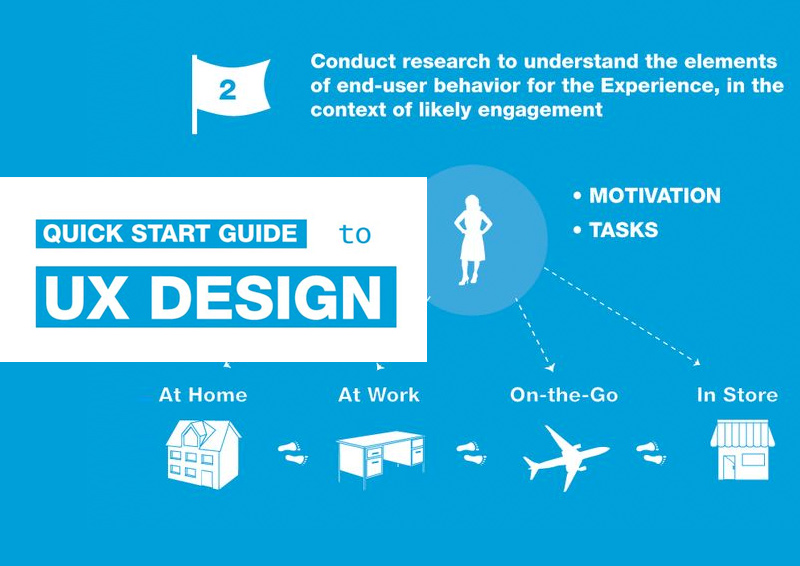Important Internet Site Style Insights: Recommendations For Developing An User-Friendly User Interface
Important Internet Site Style Insights: Recommendations For Developing An User-Friendly User Interface
Blog Article
Material Created By-Wiley Devine
When it involves site design, guaranteeing user-friendliness is essential. From receptive design to structured navigating, every aspect plays a critical role in developing a site that accommodates your target market's needs. Yet what regarding the better details that can make or break an individual's searching experience? Stay tuned as we discover some often-overlooked suggestions that can raise your web site's functionality to the next degree, making it truly stand out in the digital landscape.
Significance of Responsive Layout
Responsive layout is a crucial facet of modern-day website development. Guaranteeing your site is responsive means that it can adapt to various screen sizes and gadgets, supplying a seamless experience for users.
With the enhancing use of mobile phones and tablet computers to access the internet, having a responsive style is crucial for getting to a broader audience. Suggested Looking at helps in enhancing customer experience by making your web site simple to browse and keep reading any type of device.
In addition, responsive layout can positively impact your internet search engine rankings, as internet search engine like Google focus on mobile-friendly websites. By having a receptive layout, you're likewise future-proofing your website, as new devices with differing display sizes continue to emerge.
Simplify Navigation Framework
To boost user experience and promote easy access to information on your site, streamlining the navigating framework is vital. When creating your site, focus on developing a clear and user-friendly navigation menu that helps visitors discover what they're searching for swiftly.
Limit the variety of menu items to the fundamentals, organizing relevant pages with each other to avoid frustrating customers. Usage descriptive tags that clearly indicate the content of each page, making it simpler for individuals to recognize where each link will certainly take them.
Consider carrying out dropdown menus for subcategories to prevent jumbling the primary navigation bar. In addition, consist of a search bar prominently on the page for individuals who favor looking for certain details.
Focus on mobile responsiveness in your navigating design to make sure simple accessibility on all tools.
Enhance Web Page Load Speed
Improving page tons rate is critical for retaining site visitors on your web site. Slow-loading pages discourage individuals and can bring about high bounce prices. To enhance web page lots speed, start by maximizing images. https://content-marketing-calenda17283.webdesign96.com/31670036/effective-strategies-for-seo-methods-to-surpass-your-opponents without endangering top quality to lower their data sizes.
Additionally, allow internet browser caching to save regularly accessed resources in your area, quickening tons times for returning visitors. Minify CSS, JavaScript, and HTML documents by eliminating unneeded personalities, remarks, and format, boosting load rate.
Take into consideration using a material delivery network (CDN) to distribute your website's material across numerous servers worldwide, minimizing latency for individuals accessing your site from different places. Last but not least, restrict the use of third-party manuscripts and plugins, as they can significantly affect tons times.
Final thought
In conclusion, by integrating responsive style, streamlining navigation, and optimizing page tons rate, you can develop a straightforward website that interest a wider audience and boosts user experience. These essential elements ensure that site visitors can easily gain access to and browse your website across different devices, leading to boosted engagement and satisfaction. By concentrating on these crucial facets, you can construct a successful internet site that maintains users coming back for even more.
